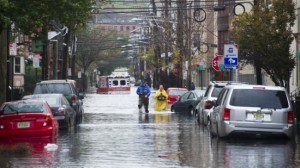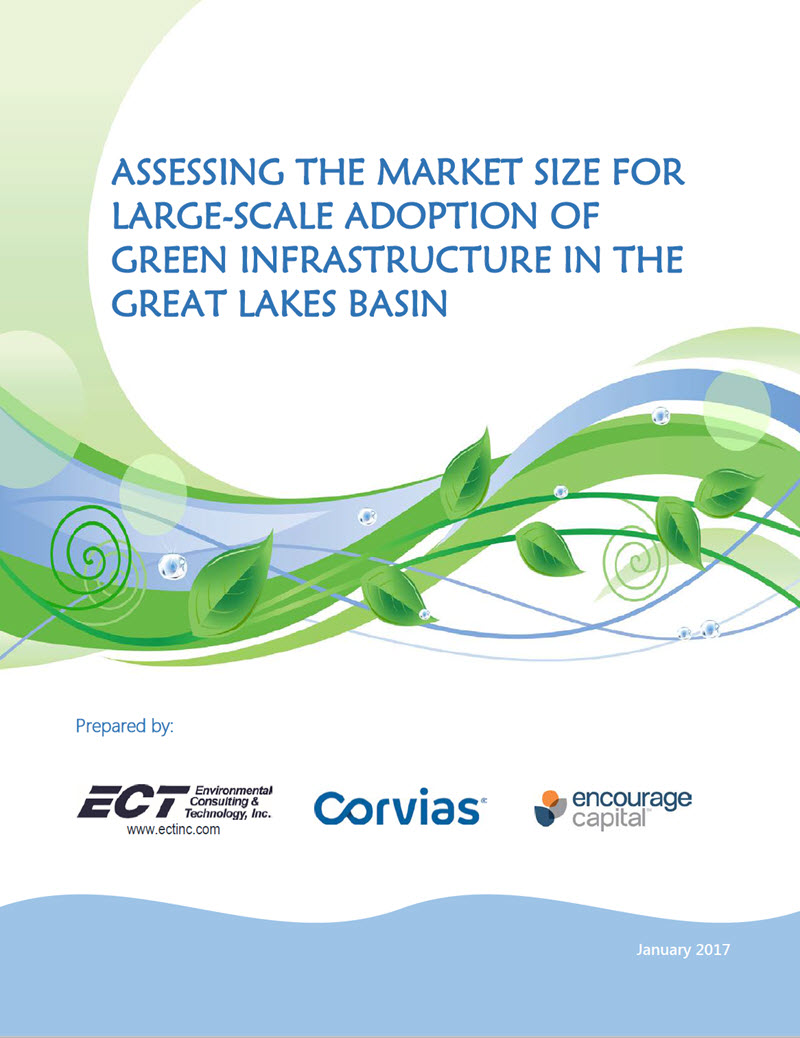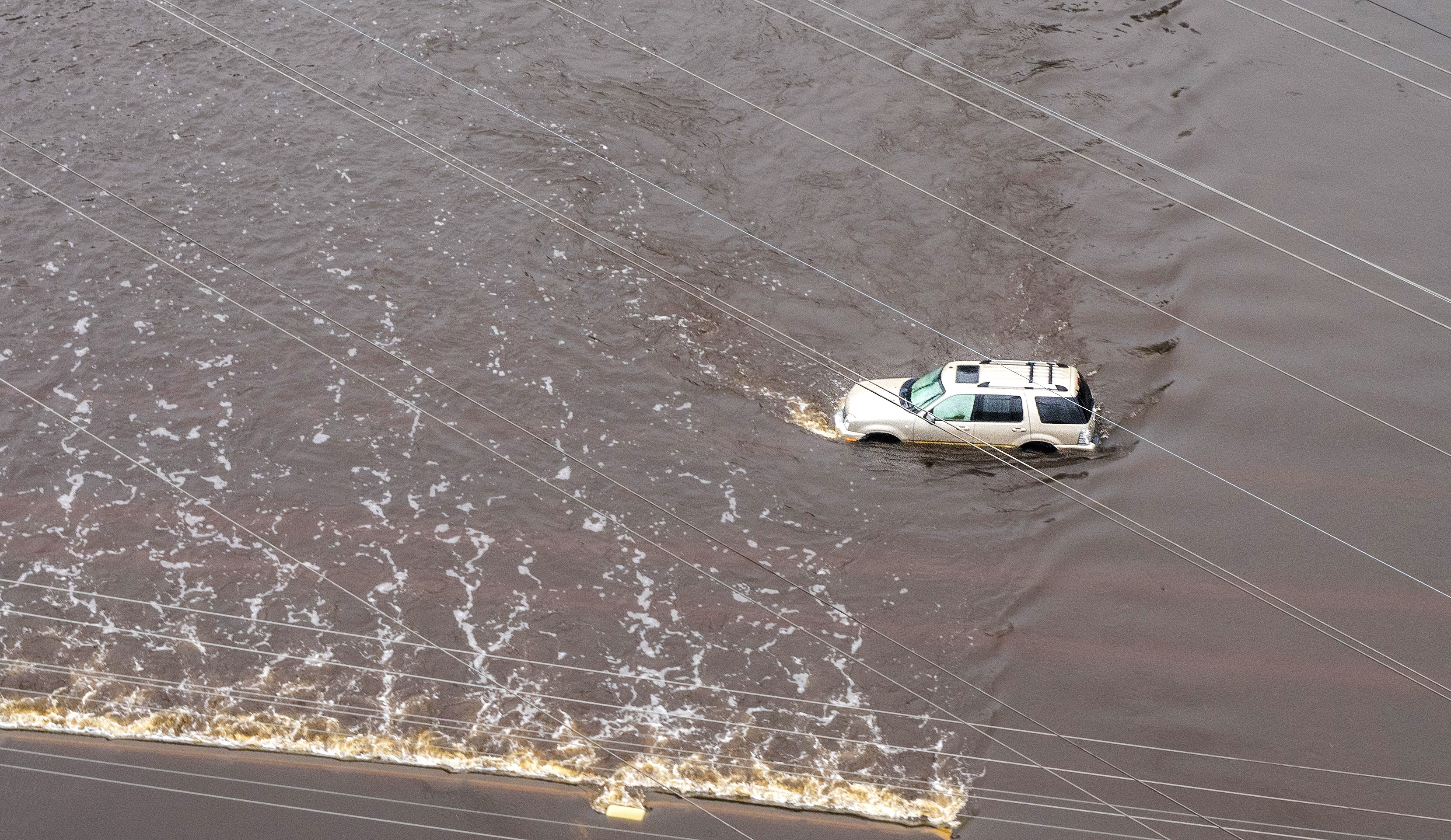
On June 9, the U.S. Department of Housing and Urban Development announced six winners of its Rebuild by Design competition to improve resiliency in New York City. Photo from Rebuild by Design.
On May 6, the Obama administration released the third National Climate Assessment for the United States, confirming that climate change is affecting every region of the U.S. and key sectors of the economy. According to the National Oceanic and Atmospheric Administration, the report is the most comprehensive and authoritative scientific report generated about climate change in the U.S. Effects are communicated by geographic region and by economic and societal sector-including agriculture, energy, and health.
Certain types of extreme weather events with links to climate change have become more frequent and/or intense, including prolonged periods of heat, heavy downpours, and in some regions, floods and droughts. In addition, warming is causing sea level to rise, glaciers and Arctic-sea ice to melt, and oceans to become more acidic as they absorb carbon dioxide.
Adapting to climate change will cost cities money, but improving resiliency is imperative. According to a recent study in the journal Science, storm-proofing could cost New York City upwards of $11 billion. This amount would be well worth it, however, in comparison to the costs related to a major flood event.
On June 9, the U.S. Department of Housing and Urban Development announced six winners of its Rebuild by Design competition, which had a total budget of nearly $1 billion. Among the winners, a $335 million flood barrier called the BIG U will be installed along Manhattan’s Lower East Side. In Hoboken, N.J., $230 million will help fund an approach to resist, delay, store, and discharge stormwater. Additionally, the competition will fund a $60-million living breakwater along Staten Island’s South Shore. Oyster reefs, like the one planned in this project, not only filter pollutants and provide aquatic habitat but also grow and could keep pace with sea-level rise unlike traditional coastal barriers, according to new research in Nature Climate Change. While the timelines for the Rebuild by Design competition have not been announced, the effort represents the powerful role of design competitions in improving resiliency through innovation.






